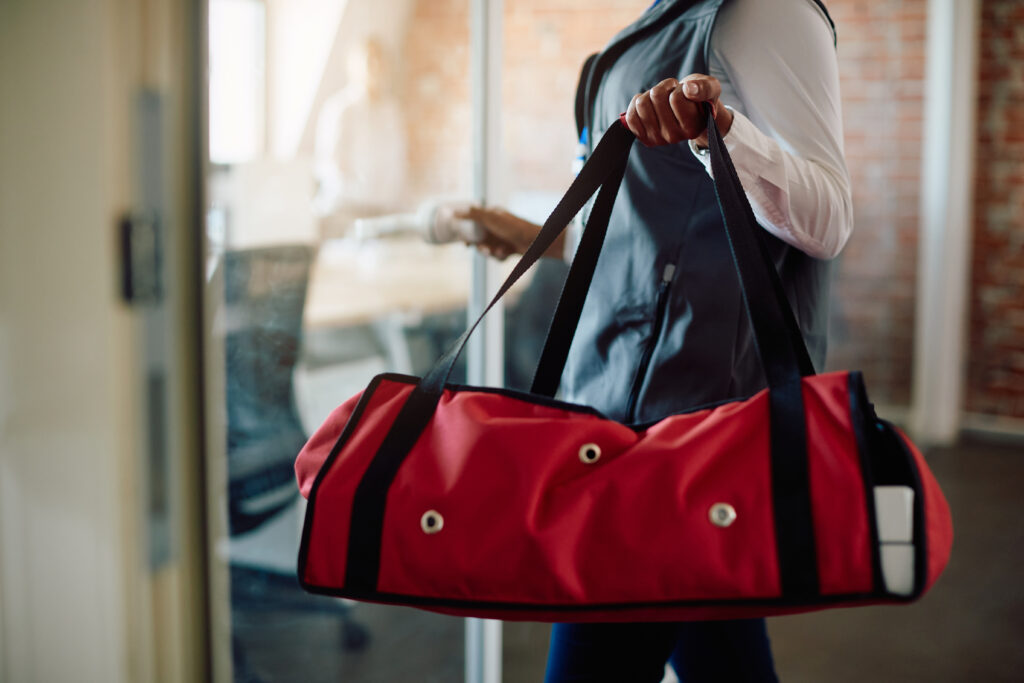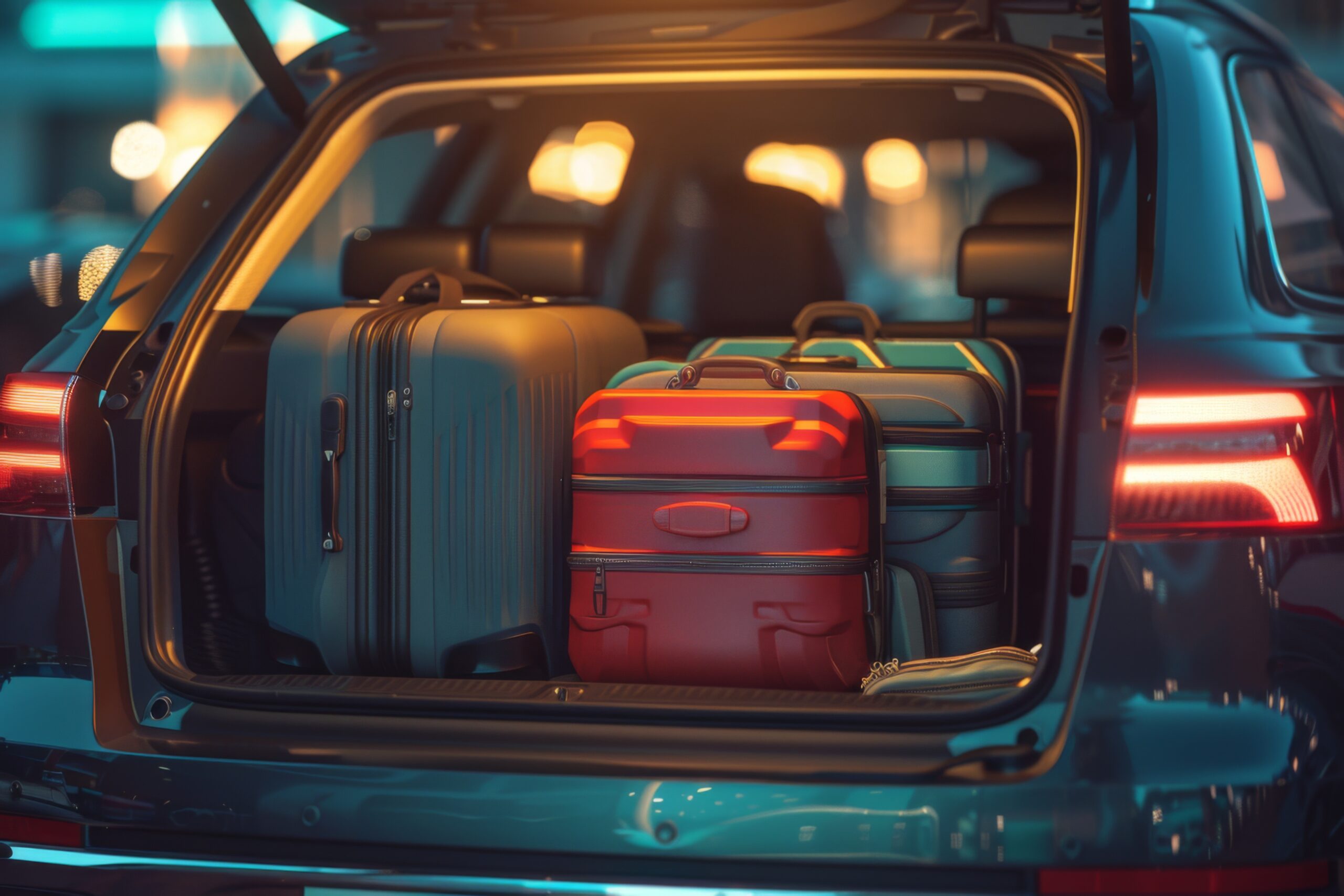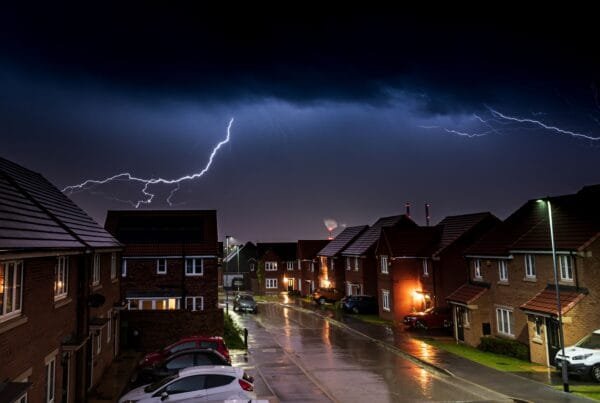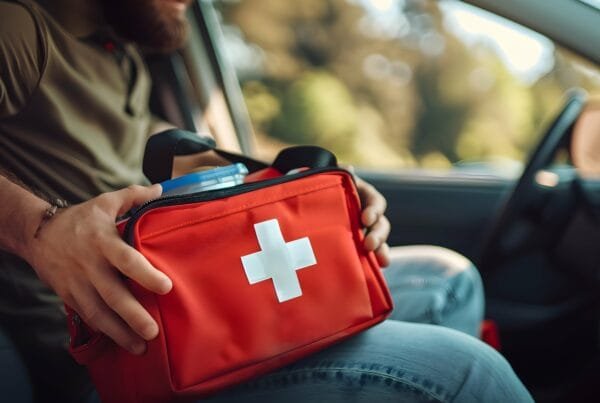Emergency Evacuations Happen
Imagine waking up in the middle of the night to an emergency alert on your phone. There has been a disaster in your area, and your family is under orders to evacuate immediately.
Where will you go? What will you bring with you? How long will it take you to pack up and leave?
Emergency evacuations can become necessary for a wide range of reasons including wildfires, chemical spills, hurricanes, tsunamis, and civil unrest. Having a plan ahead of time is the key to success. Let’s take a look at three key steps when creating your family evacuation (aka “bug-out”) plan.
Pack Essentials Ahead of Time
Depending on the nature of the emergency, you may have only minutes to pack up key supplies and hit the road. If you want until a crisis, you likely won’t have time to locate everything you need. It’s far better to think ahead and pre-pack items you know you’ll want to take with you in a crisis.

The contents of your evacuation kit will vary depending on the personal needs of your family, but spare clothing, toiletries, water, a water filtration kit, flashlights, first aid kit, emergency food, and personal medications are all recommended.
When packing for a future emergency evacuation, it’s hard to know how long you’ll be away from home. Some emergencies could be over in hours. Others could take weeks to resolve. Assume that you’ll be gone for at least one week.
Stage for a Rapid Evacuation

If you pack your evacuation supplies but leave them scattered throughout the house, you’re likely to leave something behind in the fog of crisis.
If possible, stage your evacuation kit near the vehicle you’ll use to leave home. Plastic bins and duffel bags work well – just make sure not to overload them to the point that they are too heavy to move.
As a final touch, you can also consider creating a checklist to make sure you don’t leave important items behind.
Plan for Next Steps
Once you have your supplies and gear ready to go, you’ll need a place to evacuate to. Trying to decide where to go in the midst of a crisis is a recipe for disaster. Keep in mind that there may be thousands or tens of thousands of people evacuating around you. How quickly will hotels become booked? How much traffic will be on the roads in your area?

Have a plan ahead of time for where you’ll evacuate to, and how you’ll get there if the roads become gridlocked with other evacuees. Ideally, you’ll create a list of several bug out locations to fall back on in case your first choice is unavailable.
Parting Thoughts
While an emergency evacuation is a last resort, it’s not something that you should leave to chance. Take some time to think through scenarios, pack and stage critical items, and determine bug-out locations and routes for getting there.
As history has shown, people who are able to respond decisively during an evacuation have a much higher rate of survival. We saw this in the 2011 Japanese tsunami, as well as the 2023 Maui wildfires.
The best time to prepare for an evacuation is now – not when the crisis is breaking. For more information, check out Emergency Evacuation, taught by retired Navy SEAL, Crock.



